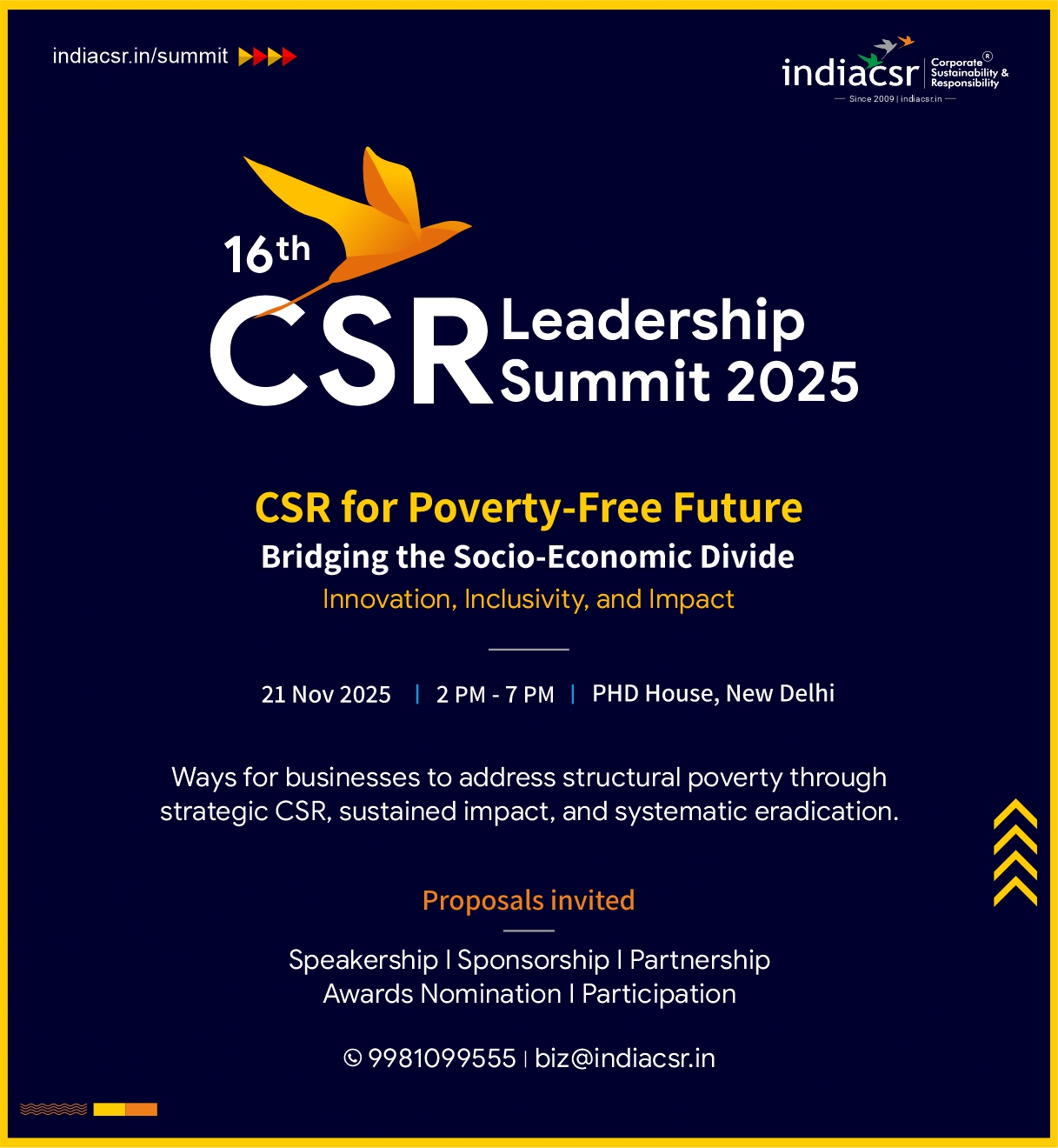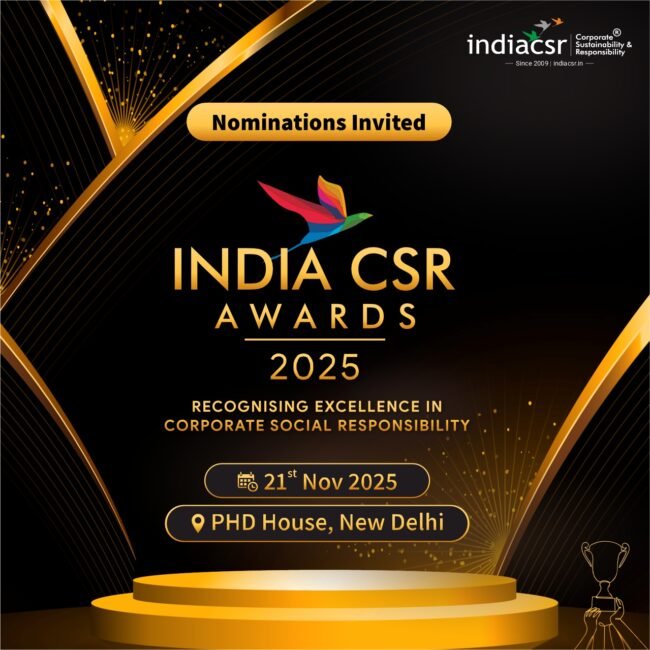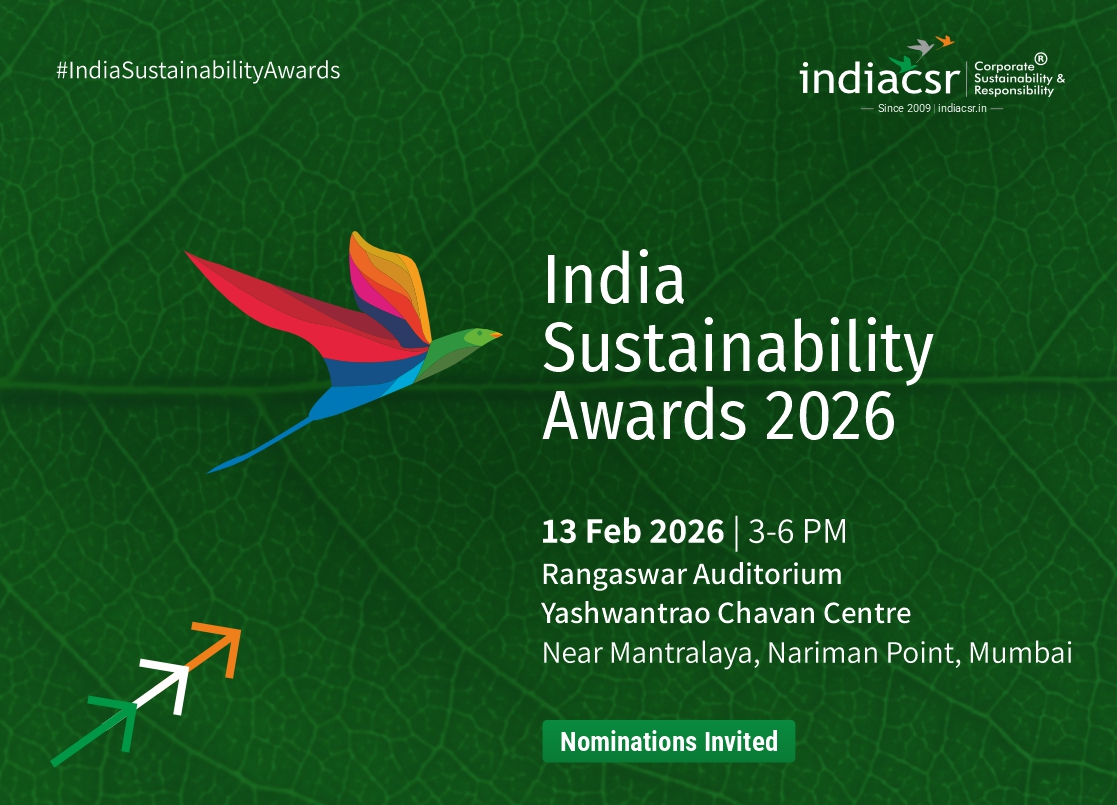Private philanthropy is led by UHNI and corporate CSR, while retail donations still lack volume to make a major impact.
By Brian Almeida
Social sector spending in India has grown steadily, but funding gaps persist. While corporate social responsibility (CSR) and environmental, social, and governance (ESG) frameworks have expanded giving, philanthropy is most powerful when it is voluntary—rooted not in obligation or tax incentives, but in choice.
For true impact, we need an ecosystem where individuals proactively share resources, where awareness of societal issues becomes the trigger to act. Consistent funding is best built on a wide base of small, regular contributions, supplemented by fewer large donations. The challenge is to make giving easy, habitual, and meaningful—by tapping into resources that are often overlooked.
Changing Patterns of Giving
Post-pandemic philanthropy. COVID-19 sparked an unprecedented surge in donations, initially directed at healthcare and relief. In recovery, support shifted towards education, mental health, and sustainability, showing how quickly giving behaviour adapts to emerging needs.
Generational influence. Millennials and Gen Z are driving this shift. Digital-first and values-driven, they donate via online platforms and prefer transparent models where they can track impact. They actively seek out brands with clear commitments to social good.
Sustainability in focus. Indian consumers increasingly align purchases with values. According to Nielsen (2024), 62% prefer sustainable brands, and nearly half are more inclined to donate if a company’s practices are ethical. Businesses that combine sustainable practices with charitable engagement are winning trust.
E-commerce as a catalyst. Platforms like Zomato, Swiggy, Amazon, and Flipkart have normalised donation prompts at checkout, embedding generosity into daily life. Micro-donations—such as rounding up purchases to the nearest rupee—have become popular, especially among younger donors. NASSCOM (2023) reports that nearly half of millennials and Gen Z consumers made such donations, contributing over ₹200 crore in one year.
Together, these shifts show how donations are increasingly integrated into routine behaviours, creating a culture where giving feels effortless.
Unlocking Dormant Resources
Two of the most overlooked resources today are loyalty points and gifting.
India has over 100 million members of loyalty programmes across credit cards, airlines, hotels, e-commerce, and retail. Credit cards alone issue between ₹1,500–2,000 crore worth of points annually—much of which goes unredeemed and expires unused. Platforms like Points for Good, LaLiT Loyalty, and Flipkart Supercoins are beginning to change this, enabling members to convert unused points into donations.
For individuals, this creates an easy way to give without dipping into savings. For brands, it expands their impact by mobilising employees, customers, and partners around shared causes. Loyalty points, in effect, become a new currency for good.
Gifting carries similar potential. India’s culture of weddings, festivals, and corporate milestones results in massive exchanges of gifts—many of which are underutilised. Redirecting these traditions toward social value can create lasting impact: a tree planted in someone’s name, a scholarship dedicated to a colleague, or healthcare support gifted at a wedding. Such gestures extend joy beyond giver and recipient to touch lives otherwise left out of the celebration.
Towards a Culture of Everyday Giving
The strength of these dormant resources lies in their simplicity. They are already accumulated, often forgotten, and cost the giver nothing extra. Yet, when redirected, they can sustain NGOs, bridge funding gaps, and cushion projects during downturns when CSR budgets shrink.
But beyond efficiency, there is a cultural shift at play. When people begin giving from what they don’t miss, they often discover the joy of giving from what they do value. This transition—from compliance to consciousness, from obligation to intention—can reshape philanthropy in India.
If we can unlock even a fraction of our unused wealth—be it loyalty points, gift cards, or other dormant assets—we can move closer to a society where generosity is no longer the exception, but a daily habit. One where every transaction, every celebration, and every reward carries the potential to uplift someone else’s life.
That, ultimately, is when unused wealth truly finds its purpose.
These trends in the ecosystem create easier processes to trigger donation of dormant resources that can be effectively channelised towards Social causes. We will focus on 2 underutilised resources that lies in abundance in many individual wallets, ie. Loyalty or Reward points and Gifting.
Brands can become influencers with large impact, and are one of the greatest vehicles for this behavioural change.
Just as context there are over 100m members of various credit card, e-commerce, retail, airlines, and hotels guest loyalty programs, with an unofficial estimate of over INR 15,000 Cr in value, credit cards alone issue between 1500 and 2000 Cr worth of loyalty points annually. These points are often unutilised by members and expire. It is a dormant and unutilised resource that members can easily use to help others.
Today just about every credit card holder in India has been enable to donate their loyalty points to a social cause through the ‘Points for Good’ platform, other loyalty programs like The LaLiT loyalty and Flipkart Supercoins have also joined the platform, As more and more loyalty programs join the movement to enable members to donate their loyalty points, this underutilised resource can become a significant resource for the many NGO’s that are today challenged.
Loyalty programs bring many individuals to the giving pool and creates giving without dipping into one’s cash or savings wallet.
Added to this is also a large pool of employee and channel Rewards and Incentives that can be utilised towards supporting social causes. Organisations and brands can mobilise these pools of employees, customers, channel partners to mobilise support for existing CSR projects and snowball them into a momentum of their own.
Private philanthropy is driven by UHNI and CSR from corporates, the smaller sized retail donations still need to gather volumes to become a significant contribution in this pool.
Gift cards: Another source of Giving is the huge market of gifting: India is a country with large number of the BIG Indian Weddings, and most of these wedding’s splurge on gifts both by the wedding couple and its guests on gifts that often unutilised or passed on. Along with this Corporate gifting to become more meaningful when the recipient receives a gift that has been donated on his/her behalf. Whether it is an employee milestone, or channel partner achievement these gifts of recognition bring joy to people beyond just the awardee and gifter, they bring a smile to an unknown face.
(India CSR)
Views are personal.








